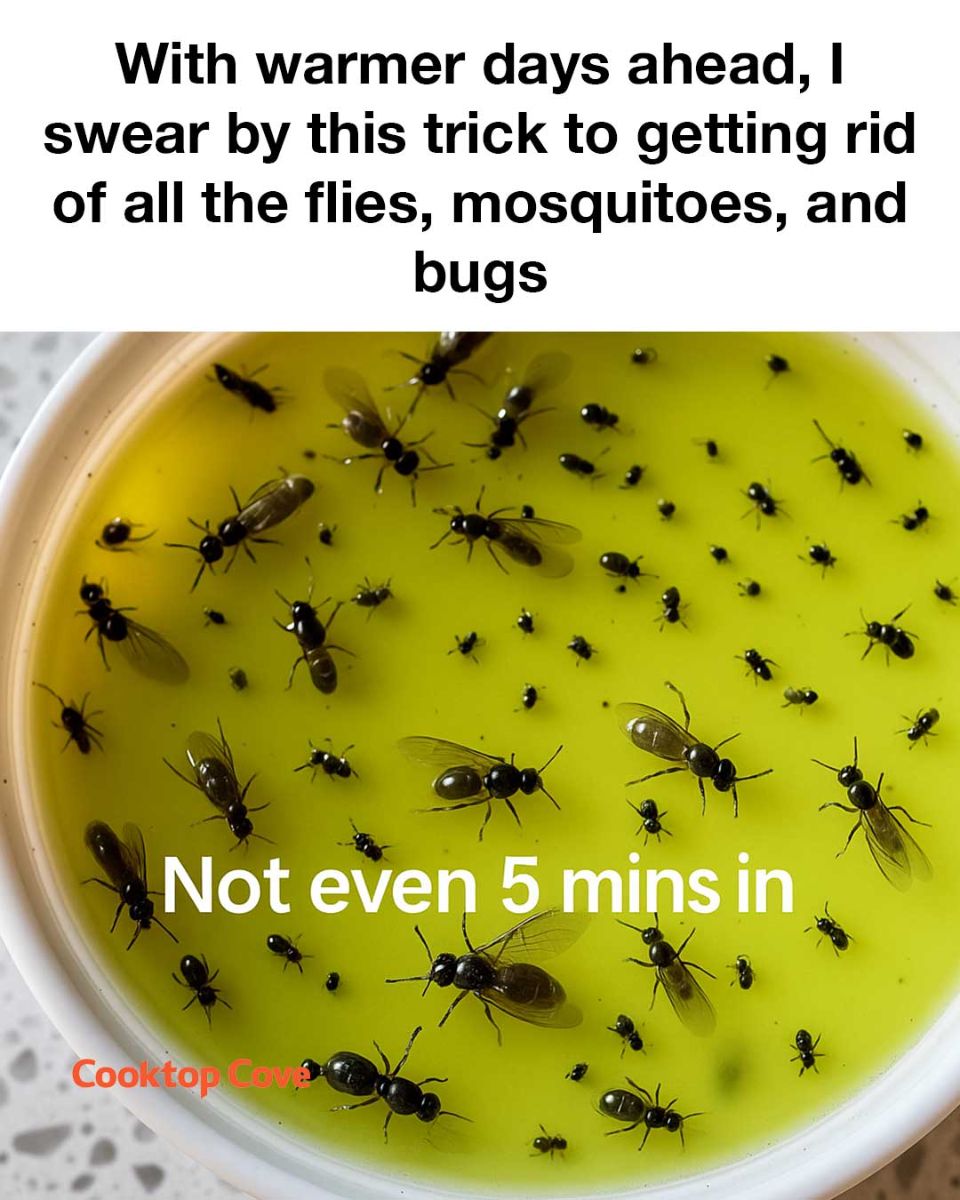5. The Science Behind the Trap: How It Works
The effectiveness of this trap lies in the combination of its ingredients. Vinegar emits a strong odor that is attractive to many insects, particularly fruit flies and mosquitoes. The acetic acid in vinegar is a natural attractant, drawing bugs to the source.
Once the insects land on the surface of the trap, the olive oil creates a slippery barrier that prevents them from escaping. The shampoo adds a sticky consistency, ensuring that the insects remain trapped. This simple yet effective mechanism makes the trap a powerful tool in your pest control arsenal.
6. Optimal Placement for Maximum Effectiveness
For the trap to work effectively, placement is key. It is best to position the trap in areas where insects are most active. Common hotspots include kitchen counters, near trash bins, and outdoor patios.
Additionally, placing the trap near sources of light can increase its effectiveness, as many insects are drawn to light. Ensure that the trap is easily accessible to insects but out of reach of pets and small children.
7. Maintenance Tips to Keep Your Trap Working
To maintain the effectiveness of your insect trap, it is important to refresh the mixture every few days. Over time, the vinegar will lose its potency, and the trap may become less effective. Simply discard the old mixture and prepare a new batch using the same proportions.
Regularly cleaning the dish and ensuring that it is free from debris will also help maintain the trap’s effectiveness. If you notice a decrease in the number of insects being trapped, consider relocating the trap to a different area.
8. Comparing Effectiveness: DIY vs. Commercial Traps
When comparing DIY traps to commercial options, several factors come into play. While commercial traps often use synthetic attractants and can be more potent, they also come with the risk of chemical exposure. DIY traps, on the other hand, offer a safer alternative with comparable effectiveness for small-scale infestations.
In a study comparing the two, DIY traps captured approximately 70% of the insects that commercial traps did, but without the associated health risks. For those seeking a natural approach, DIY traps provide a viable solution.
9. Exploring Alternative Natural Ingredients
Beyond vinegar, olive oil, and shampoo, there are other natural ingredients that can be used to create effective insect traps. Essential oils such as lavender, eucalyptus, and citronella are known for their insect-repelling properties and can be added to the mixture for enhanced effectiveness.
Additionally, sugar water can be used as an alternative attractant for certain types of insects, such as ants and wasps. Experimenting with different combinations can help tailor the trap to target specific pests.
10. Popular Viral Hacks for Bug-Free Living
Next Page

